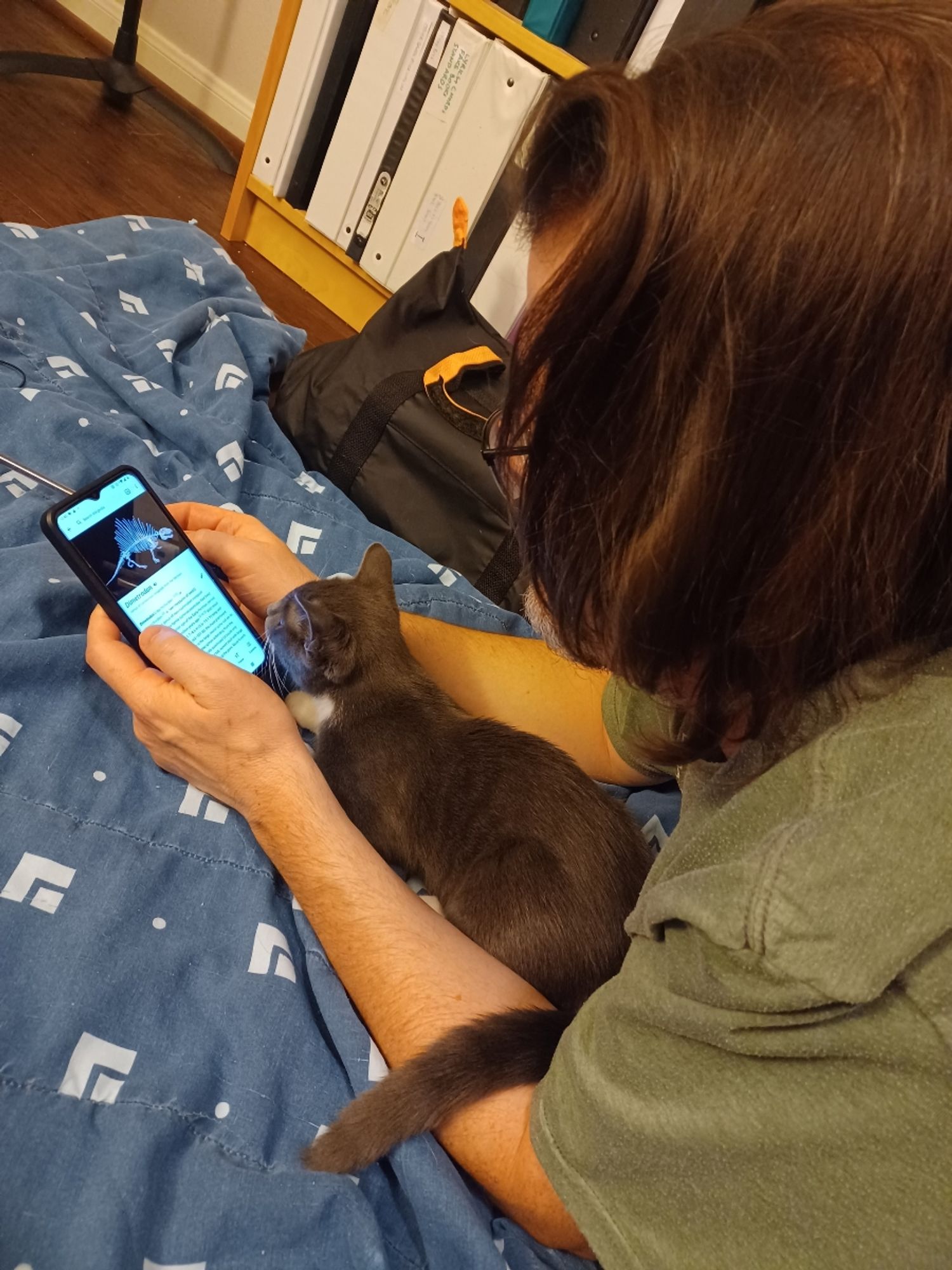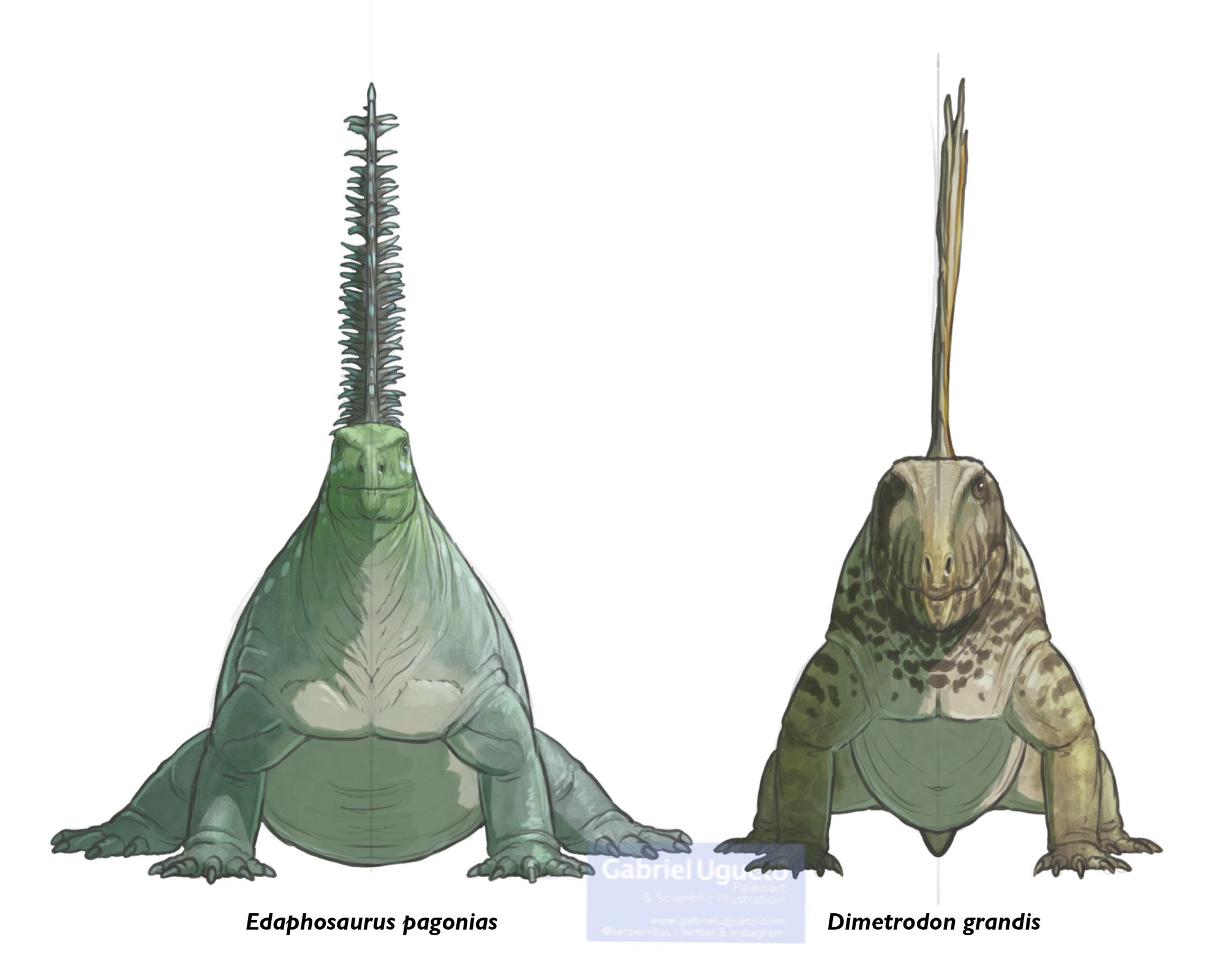Me: *being eaten by an Inostrancevia in Dino Crisis 2* "You know, these are actually synapsids, which means they're more closely related to modern mammals than they are to dino-" *crunch*
I love that it’s such a simple and direct way to see our connection to the past! I remember learning about the temporal fenestra in early synapsids ages ago and the 💡 going off “Wait I’ve got one of those!”
Our sail-backed friend Edaphosaurus is more closely related to us than reptiles. One telltale trait: a single skull opening behind the eye called the temporal fenestra. It’s a mark of synapsids, of which mammals are part, and we have one, too, between our cheek bone and cranium.🧪

feel old yet? Synapsids and sauropsids diverged 318,000,000 years ago
Nice to see this in-depth description of #Lisowicia#Triassic#synapsid#Dicynodontacademic.oup.com/zoolinnean/a...

Abstract. Unexpectedly abundant remains of herbivorous therapsids in the Late Triassic strata of southern Poland have significantly supplemented knowledge
The gorgonopsians and other synapsids are quickly becoming some of my favorite animals. I still love dinosaurs from the bottom of my heart, but moving beyond them and into other layers of paleontology a few years ago was one of the best decisions I ever made. <3
People always say I'm prejudiced for singling out basal, non-mammalian synapsids, but the facts don't lie!
Basal, non-mammaliform synapsids appear to be at fault, as this fascinating paper suggests! www.researchgate.net/publication/...

PDF | A rich fossil record chronicles the distant origins of mammals, but the evolution of defining soft tissue characters of extant mammals, such as... | Find, read and cite all the research you need...

